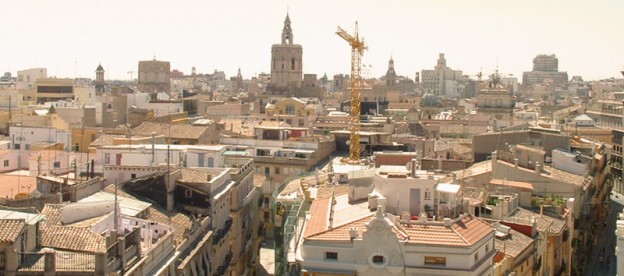
the city
Traditionally, the city has been identified with a compact inhabited space where people live, or with the urbanized territory, or with a community, or with the urban area where residential, commercial, cultural, industrial and tertiary uses are developed, or eventually with the no-rural territory. Clearly, there is not a single idea of what a city is, but a definition that includes all those previous ideas could define the city as an inhabited settlement with a compact and dense urban fabric, which is organised from the public space of squares, streets, markets, parks and gardens to the residential, commercial, cultural, administrative and industrial uses of the buildings, which provides services to the community and to other small settlements nearby, and which is distinguishable in relation to both the agricultural land and the natural environment.
Consequently, this idea of city contains some of the partially-urban or rural uses that usually happen in our settlements’ boundaries, such as sport areas, urban gardens, vegetable gardens, farms, residential areas of low density, small commercial areas for retail and leisure areas. In fact, the key of this definition involves the idea of the multiple uses and the intensity of the public, political and economic actions that take place inside the city and the diversity of needs and identities of its inhabitants. Or even simpler, the city could be culturally defined as the no-rural territory.
As for the landscape, the city is eventually both a cultural fact and a social construction.
Each one of us has his own house, which is the private home; and the city, which is the public home. Enrique Tierno Galván, professor, lawyer, essayist and Mayor of Madrid from 1979 to 1986.